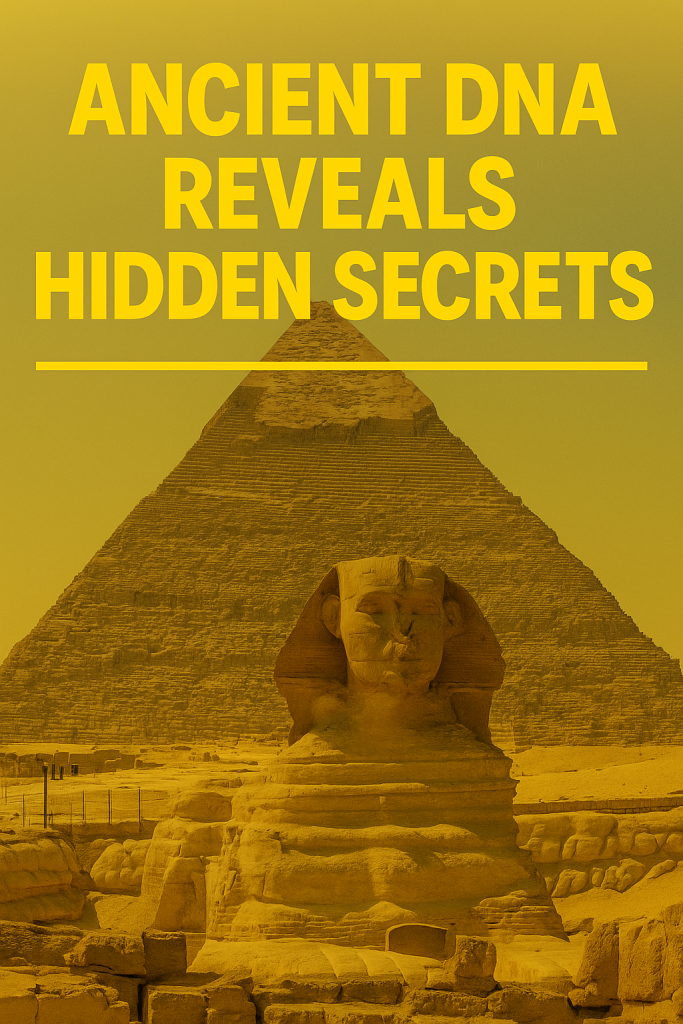In a groundbreaking study that bridges millennia, scientists have successfully analyzed DNA from an Egyptian individual who lived approximately 4,800 years ago during the height of the pyramid-building era. This remarkable genetic glimpse into the past offers new insights into the ancestry, health, and lifestyle of the people who created some of the world’s most enduring monuments.
The individual’s remains were uncovered near the ancient necropolis of Abusir, an important burial site close to the Giza pyramids. Advanced genomic sequencing techniques, applied in 2024, allowed researchers to extract high-quality genetic material despite the challenges posed by Egypt’s hot climate and the passage of time.
Revealing the Genetic Origins
The analysis disclosed that the genome of this individual largely reflects the indigenous North African population, with genetic signatures consistent with early Nile Valley inhabitants. This challenges previously held assumptions that ancient Egyptians were significantly mixed with populations from sub-Saharan Africa or the Near East at that time. Instead, the data suggest a relatively stable population with limited large-scale migration or mixing during the Old Kingdom period, roughly 2686–2181 BCE.
Moreover, the genetic markers hint that the ancient Egyptians of the pyramid age shared closer ancestral ties with Neolithic Levantine farmers and Anatolian populations than with modern Egyptians, who today show more complex genetic mixtures influenced by the Arab expansions and other historic movements.
Health Insights and Lifestyle Clues
Beyond ancestry, the DNA also revealed information about the individual’s health. Scientists detected genetic predispositions related to diet, immune response, and even certain hereditary diseases. This sheds light on how ancient Egyptians dealt with environmental stresses and diseases endemic to the Nile Valley ecosystem. For example, markers associated with resistance to tropical parasites were present, illustrating long-term adaptation to the local environment.
Additionally, the DNA helps clarify what life might have been like during Egypt’s golden age of construction. The individual’s profile corresponds to a well-nourished adult, indicative of a society capable of sustaining skilled laborers or artisans who built the pyramids and other architectural marvels.
New Perspectives on Egypt’s Ancient Society
This study is part of a broader initiative to map ancient genomes across North Africa and the Near East. Its findings contest simplistic views of ancient Egypt’s population as a melting pot and instead reveal a complex but regionally rooted society during the formative years of Egypt’s civilization.
The DNA results also serve as a genetic baseline for comparison with later periods, enabling historians and geneticists to trace how Egyptian populations evolved through conquests, trade, and shifts in political power over millennia.
As scientists continue decoding the secrets embedded within ancient remains, each discovery adds layers of nuance to our understanding of humanity’s shared history. This 4,800-year-old Egyptian genome stands as a vivid testament to the enduring people behind the pyramids — building not just monuments from stone, but also the foundation of a civilization that continues to fascinate and inspire the world.



